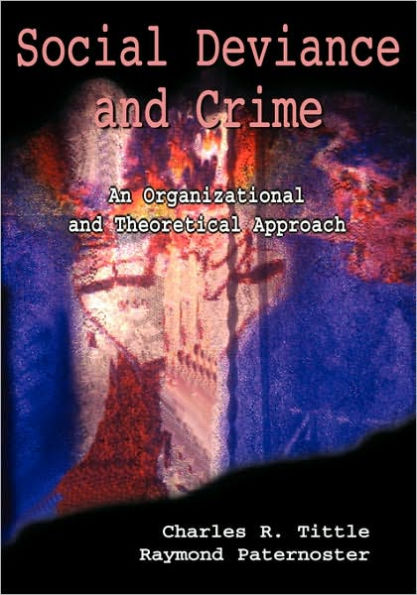5
1
9780195329957


Social Deviance and Crime: An Organizational and Theoretical Approach / Edition 1 available in Hardcover

Social Deviance and Crime: An Organizational and Theoretical Approach / Edition 1
- ISBN-10:
- 0195329953
- ISBN-13:
- 9780195329957
- Pub. Date:
- 04/04/2000
- Publisher:
- Oxford University Press
- ISBN-10:
- 0195329953
- ISBN-13:
- 9780195329957
- Pub. Date:
- 04/04/2000
- Publisher:
- Oxford University Press
268.99
In Stock

Product Details
| ISBN-13: | 9780195329957 |
|---|---|
| Publisher: | Oxford University Press |
| Publication date: | 04/04/2000 |
| Edition description: | New Edition |
| Pages: | 728 |
| Product dimensions: | 10.10(w) x 7.20(h) x 1.80(d) |
About the Author
From the B&N Reads Blog
